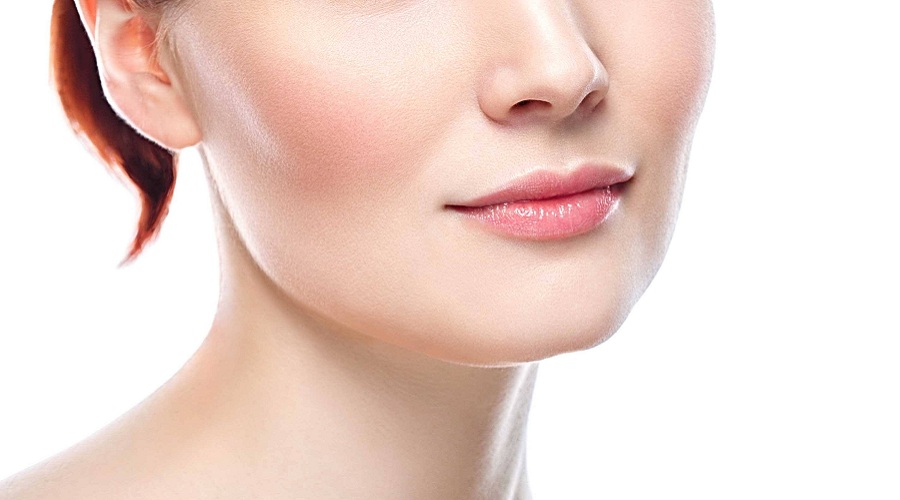Cheek augmentation is performed to improve the contours and overall size of the cheeks. Also known as malar augmentation, this procedure can be used to highlight your cheekbones or fill in sunken cheeks. It can be used to crease subtle or dramatic differences in your facial appearance, depending on the techniques used by the surgeon. Cheek augmentation options include synthetic implants, injectable fillers, or natural tissue grafts.
Are You a Good Candidate?
This procedure is popular among both men and women who feel that their cheeks are poorly defined or sunken. If you want plumper or better defined cheeks, you may be a good candidate. This procedure is intended for people who have poorly defined cheeks, which may appear hollow or sagging as a result of the loss of cheek tissue, usually due to heredity or aging. It is also an option for patients with loss of tissue in the cheekbone area due to trauma or congenital deformities.
Most cheek augmentation patients wish to focus on the contours of their cheeks, rather than wider-ranging changes in their facial appearance, which are usually better accomplished through other procedure, such as a brow lift or facelift procedure.
In general, patients must be in good overall health and at a stable weight in order to be considered for cheek augmentation. If there are preexisting dental or sinus issues, they may need to be treated before surgery is possible.
The Procedure: A Step-by-Step Guide
Cheek augmentation procedures usually take 30 minutes to 2 hours to complete. The following provides a general overview of how they are performed.
- Either local or general anesthesia will be administered.
- The surgeon makes incisions usually located either in the lower eyelid or inside the mouth to avoid any exterior scars. If this procedure is being performed in conjunction with other surgical work, the implants may be placed through the incisions required for the other procedure.
- Through these incisions, the doctor will insert the synthetic silicone implant or natural donor tissues, such as bone grafts or excess fat taken from elsewhere on the body. The synthetic implants used are solid, yet also flexible, and are designed to enhance both the underlying bone structure and the soft tissues giving the cheeks their contours.
- Once this material has been inserted into the cheeks and sculpted by the doctor into natural-looking contours, the incisions are closed with sutures.
Injectable fillers such as Restylane, Radiesse and Scluptra, are also an option for cheek augmentation. Delivered through a syringe, they do not require incisions and are associated with a shorter recovery period, although they do not result in as substantial a change as that possible with implants or donor tissues.
Safety Information: What You Should Know
Cheek augmentations are considered to be a relatively safe form of plastic surgery. Still, as with all surgical procedures, there are risks. The potential complications include infection and bleeding. The cheek implants may appear unnatural, if the implant is too large or is not positioned correctly. It is also possible for the implant to migrate out of place or be rejected by the body, requiring revision surgery for implant removal.
